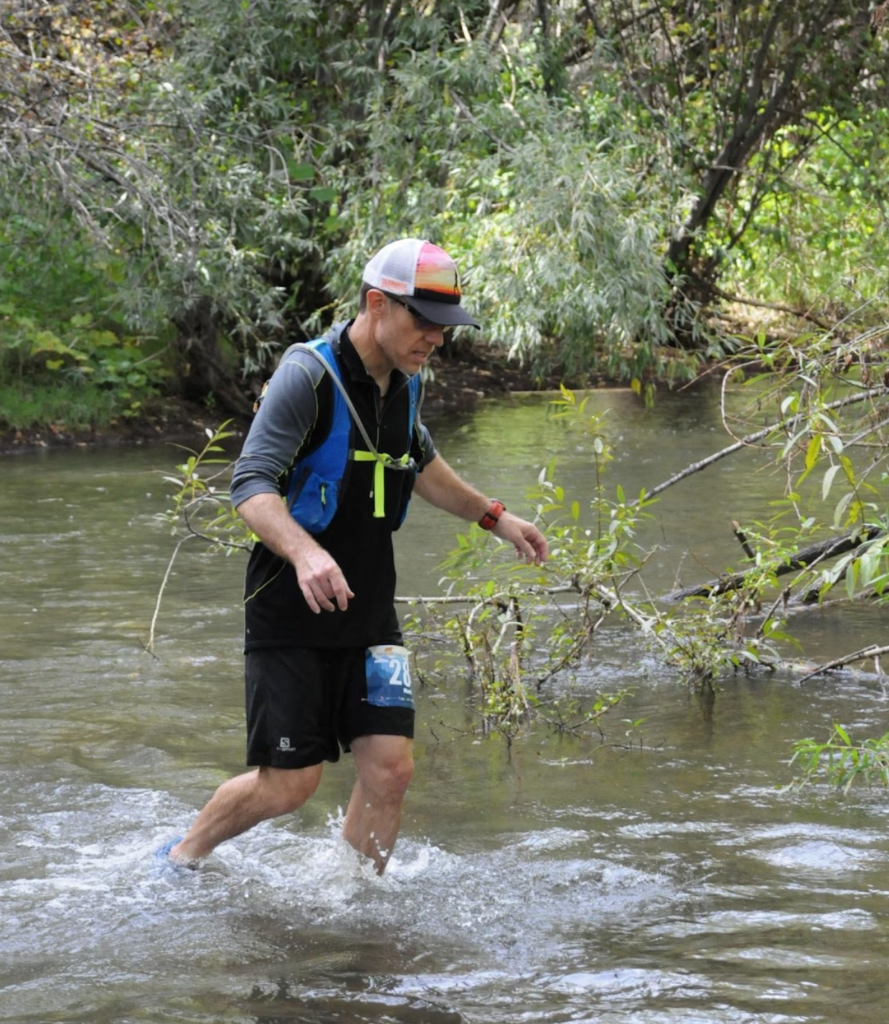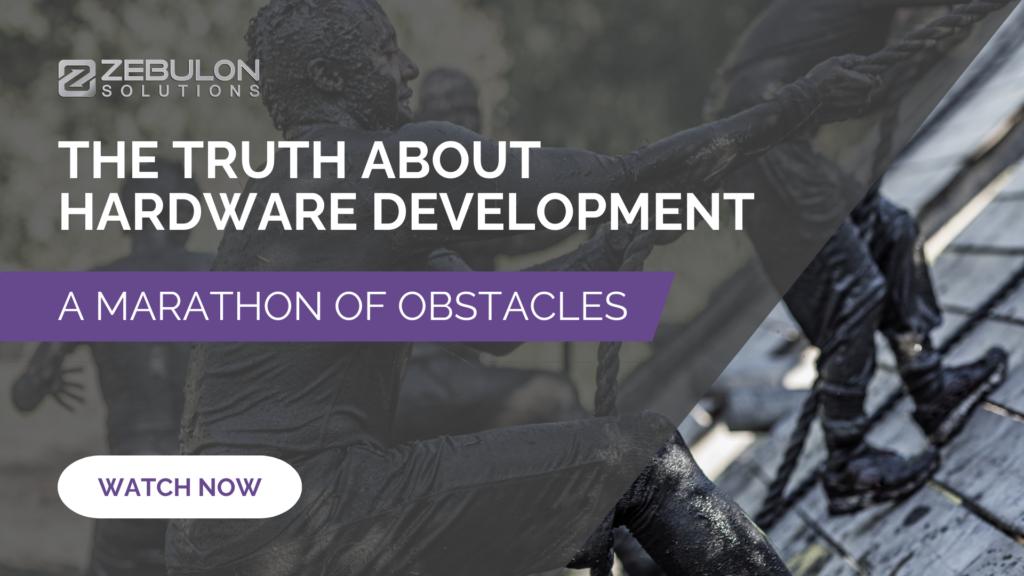Have you ever trained to run a marathon? What about running an obstacle course? Or running a marathon through an obstacle course? In the dark?
I’m not a runner. I prefer to stroll around a lake and if you take me hiking, whether I say it aloud or not, I’m continually thinking, “Are we there, yet?” I am not enjoying the journey nor prepared for the obstacles that we might encounter. While I enjoy being out in creation, I don’t enjoy the strain of walking, much less running, uphill.
At nearly every curve or crest in the path, I stop to evaluate how much farther there is to go, because certainly after hiking “this far,” we must almost be “there.” The longer I hike, the greater the desire to be done becomes.
I find entrepreneurs and inventors approaching hardware development like I approach hiking. They say, “We’re almost ready for production,” from the earliest stages of development because they want to get “there,” and don’t understand the length of the journey they have embarked upon.

There are other entrepreneurs I meet who are more like my running friends preparing for their first marathon. They do the research and talk to those who have run many marathons to prepare. They hear about mental preparation techniques that are needed for a long run.
They research how to manage through “the wall” and what is going on physiologically when the body is searching for energy because its glycogen stores are depleted. They look for ways to get through miles 13, 19, and 26 all the way to the finish line when every muscle is increasingly fatigued. However, until they do it, they don’t know what the marathon feels like.
Even for entrepreneurs who have done the research and prepared themselves for the hardware development process, it can still feel like an interminable process. The road ahead is wrought with potholes, detours, wrong turns, dead ends, and restarts; they, too, find themselves unprepared for it.

Is there a way to make it easier? Not without experience and even then it isn’t necessarily easy. If you run a marathon with an experienced runner, they can help guide you when to eat and refuel your body.
They can talk you through the mental challenges that happen when your body is out of resources. They can come alongside you to help guide you to the finish line, but you still must do the running, take their advice, and experience the pain associated with the marathon.
Whether you’ve done all the research or are starting out with just an idea and a pocket full of dreams, it can feel like you’re running a marathon… through an obstacle course… in the dark.
You don’t see the roadblocks coming, and they come repeatedly during every stage and through every iteration. It can even feel like you repeatedly return to the starting line and have made no progress. Even more frustrating is the finish line that seems never to arrive when you’re burning through resources and delaying market introduction, much like a mirage on the horizon.

This is the first in a series of blog posts where we will give you some insight into the development process. We’ll also set some expectations about what you will likely encounter so you can be more prepared for the stops, starts, restarts, and repeated cycles that occur.
We will try to demystify what’s involved in the development process by looking at seven different stages: concept, patent and intellectual property protection, proof of concept and minimum viable product, alpha revision, beta revision, pilot build, and, finally, stable production.
Engage the experts through the journey and you’ll end up saving both time and money. Those who have done it before know what is coming, know how to avoid the pitfalls, and get through the obstacles.
Don’t go it alone.

This is one of my running friends, Mark Wilcox. He runs marathons of up to 100 miles per race—much appreciation to him and his family for the photo credits.
